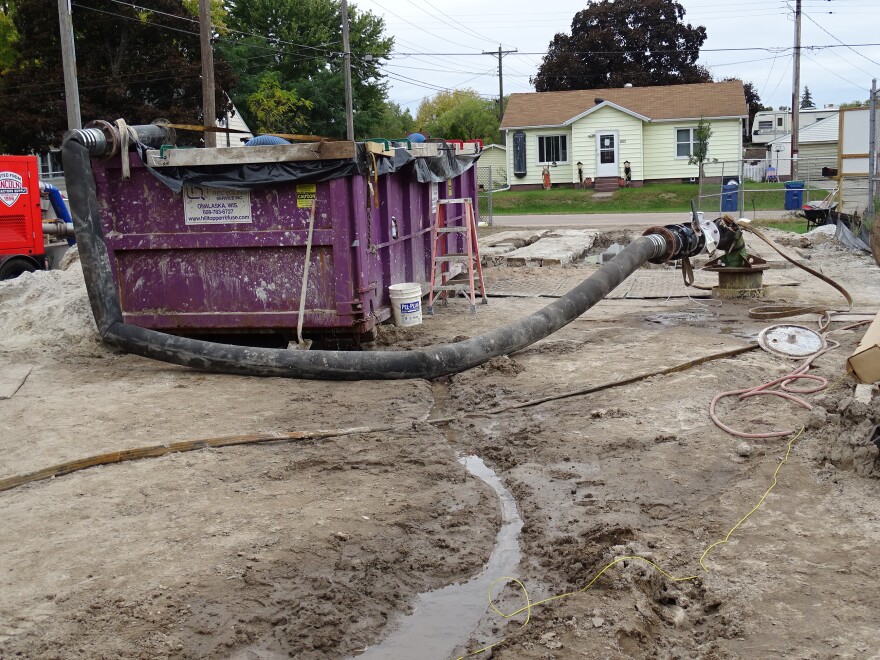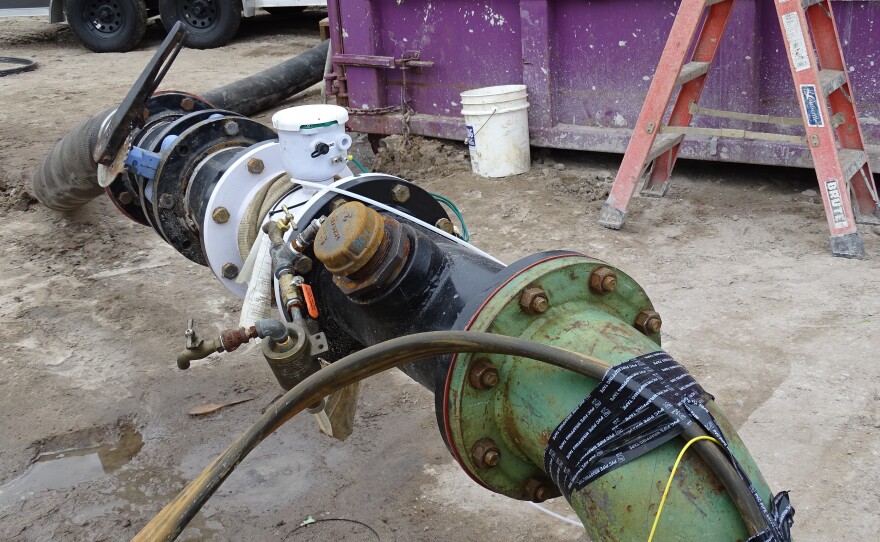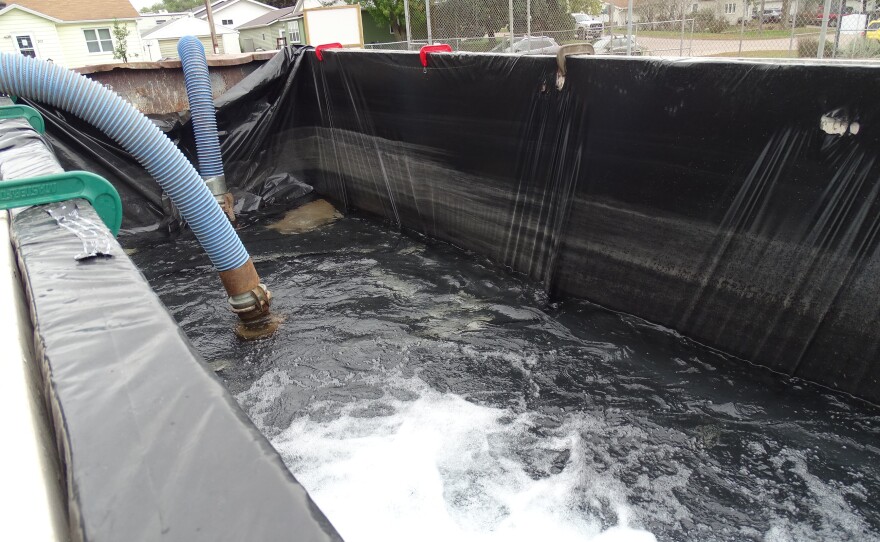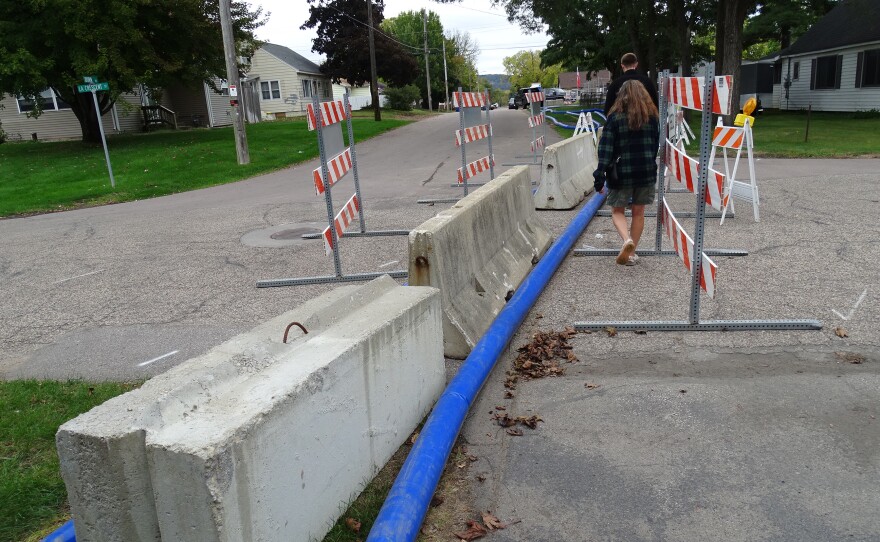The forever chemicals known as PFAS have become all too familiar to people across the U.S.
Here in Wisconsin, the Department of Natural Resources is providing bottled water to more than 1,700 families in communities where PFAS has contaminated drinking water. But that’s a temporary fix.
One small Wisconsin community plagued by PFAS has come up with its own solution.
Discovery of PFAS in Campbell
For more than a century, Town of Campbell residents relied on private wells.
That changed in October 2020.
Lee Donahue was just a few months into her first term on the town board. The town clerk gave her a call.
“And she said, 'We just got this call from the City of La Crosse and they said our water might be contaminated with something called PFAS. I don’t even know what that is.' And I said ‘I don’t know what that is either,'” Donahue says.
She learned the manmade chemical is found in countless materials, including firefighting foam. PFAS are called “forever” because they don’t break down and can accumulate in water, soils, and the human body.
Campbell’s contamination was caused by firefighting foam used at the nearby small regional airport. Its owner, the city of La Crosse said it was responsible for contamination in a neighborhood immediately downstream from the airport.
Donahue wanted to make sure more wells weren’t tainted.
So, she reached out to the Wisconsin DNR. It began testing.
“[DNR tested] a total overall of just shy of 600 wells. And that was north, south, east and west. The whole island,” Donahue says.
Campbell is located on a small island. The Mississippi flows to its west and the Black River to the east.
“And what we discovered then is that 97.3% of all wells tested had some level," Donahue says. "And the DNR said 'OK, we’re going to stop testing. It’s everywhere.'”
Residents were told to stop drinking from their wells and the DNR started supplying bottled water.
In the meantime, Donahue and other town leaders started looking for a permanent, safe source.
That brings us to today.
Digging deep for a new water source
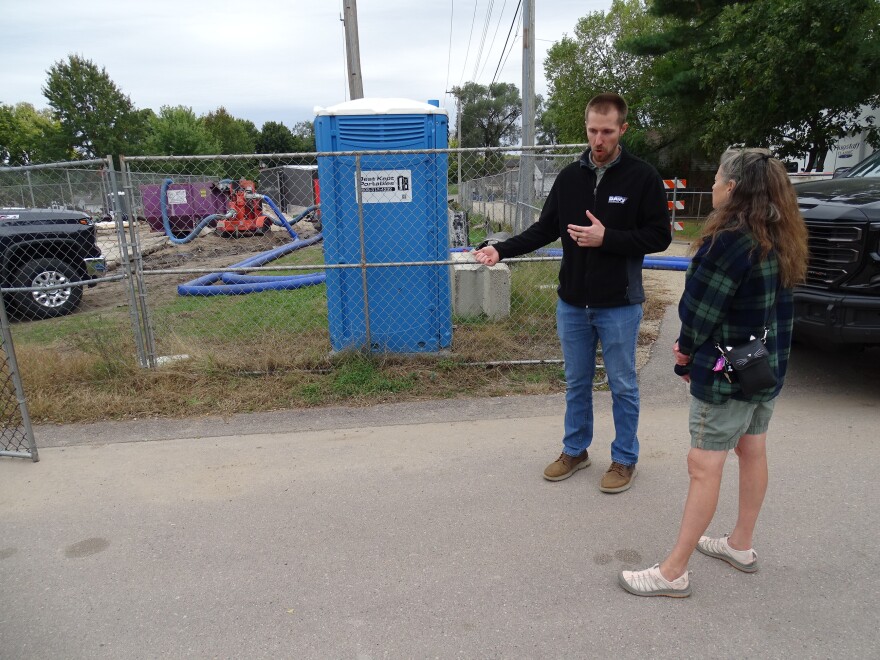
I met Donahue in a small neighborhood park. It’s going to be the heart of Campbell’s municipal water system.
“So, we are looking at the test well that was drilled more than a year ago in the hopes that we could find an alternate safe source of water — and we did,” Donahue says.
The test well proved to be PFAS-free.
So, about two months ago, a crew dug the permanent municipal well 510 feet deep within the same park.
When I dropped in, engineers were running a 24-hour test. They took samples every 15 minutes to make sure what it’s pumping doesn’t have a trace of PFAS.
“We’re feeling pretty confident, but I will know for certain at 8 o’clock tomorrow morning,” Donahue says.
The test went well, but there’s still loads of work ahead. For one, crews will be laying 23 miles of water lines to hook up Campbell’s 1,650 households to the municipal system.
It’s a pricey proposition. Donahue is working toward a nearly $50 million target. “So, I actually started asking for money even before the test well was done because I knew we were going to need money,” she says.

She is determined not to place the financial burden on Campbell residents.
"So, the very first office I reached out to was Sen. [Tammy] Baldwin’s office with Congressional direct spending,” Donahue says.
She kept reaching out and helped complete countless applications. A combination of county, state and federal dollars will fund the system. Right now, It looks like a low-interest USDA loan will make up the largest chunk.
Early on, Donahue also reached out to scientists, including Dave Hart.
He’s a hydrogeologist with the Wisconsin Geological and Natural History Survey.
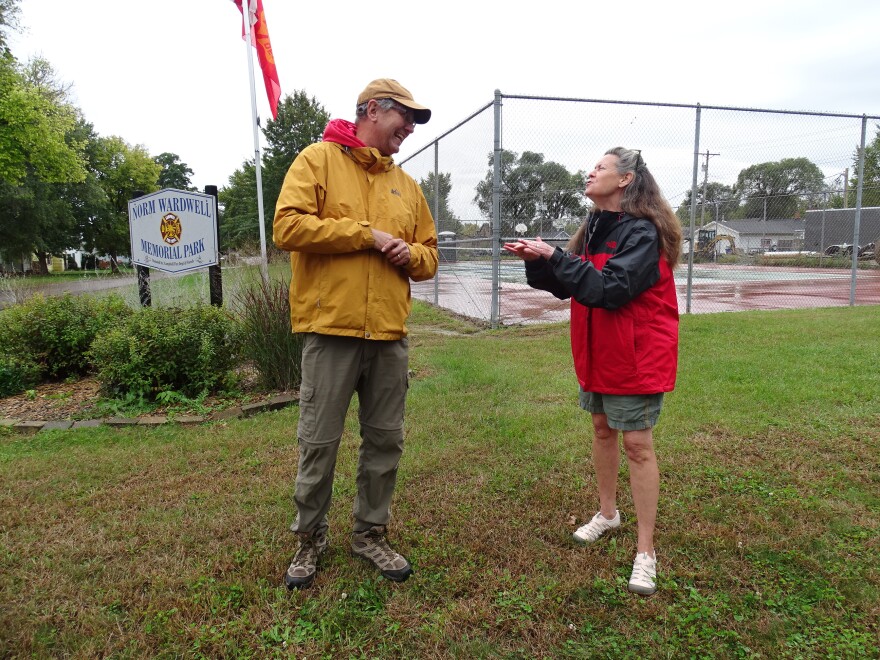
“She spoke to our office, she spoke to the USGS, she spoke to (UW-Madison) Geoscience and kind of got a coalition together to work and think on this project,” Hart says.
Together they collected data about surface and groundwater, and the 500-million-year-old aquifer Campbell is tapping into. “Some of the nation’s experts on these different things are working on this problem,” Hart says.
Hart’s data was reassuring. It showed that layers of rock are protecting the deep aquifer from contaminated water above it.
No more bottled water
Campbell resident Peter Davison shows up to the park. He wants his kids to see where their clean water will come from.
Davison grew up here and moved back. This is where he and his wife wanted to start their family.
Their kids, who are twins, were born around the time everyone learned Campbell had a PFAS problem. The twins’ whole lives, they’ve been drinking bottled water.
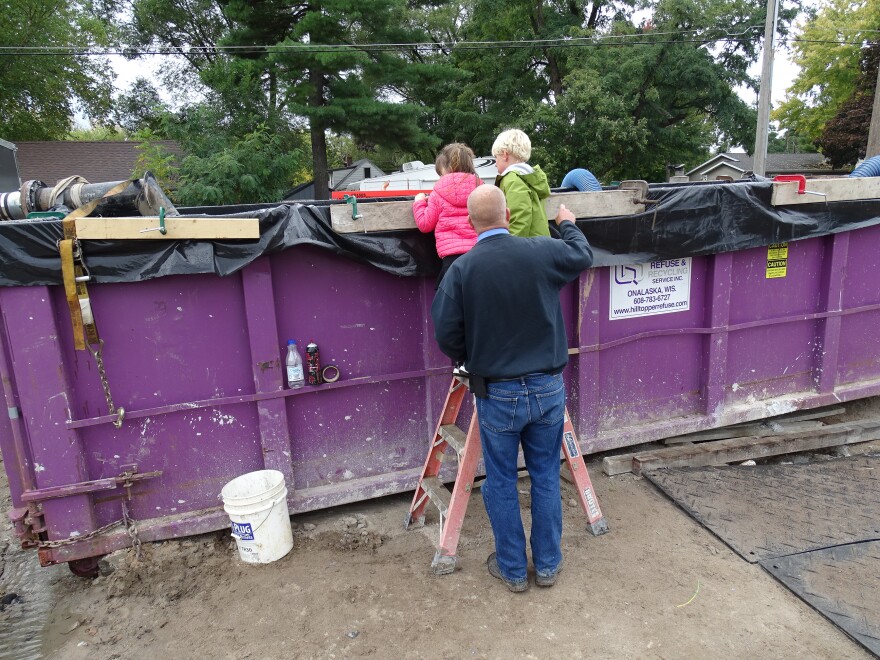
“Now they’re kindergarteners. They’re thriving,” Davison says.
Davison says he knows other young families want to move to the island, including one of his childhood friends.
“The first question she had, she sent me a message. 'We’re moving back to French Island. What did you guys do about your well?'” he says.
Davison was able to say a solution is on its way.

